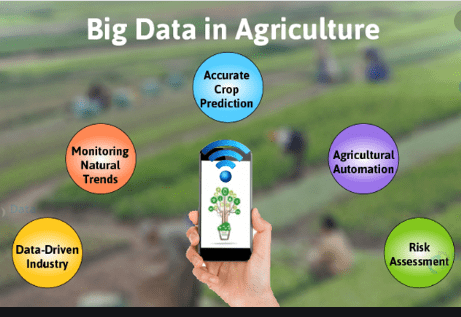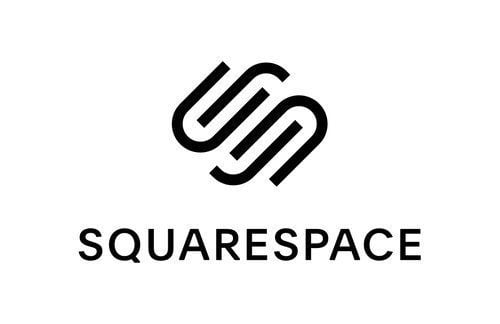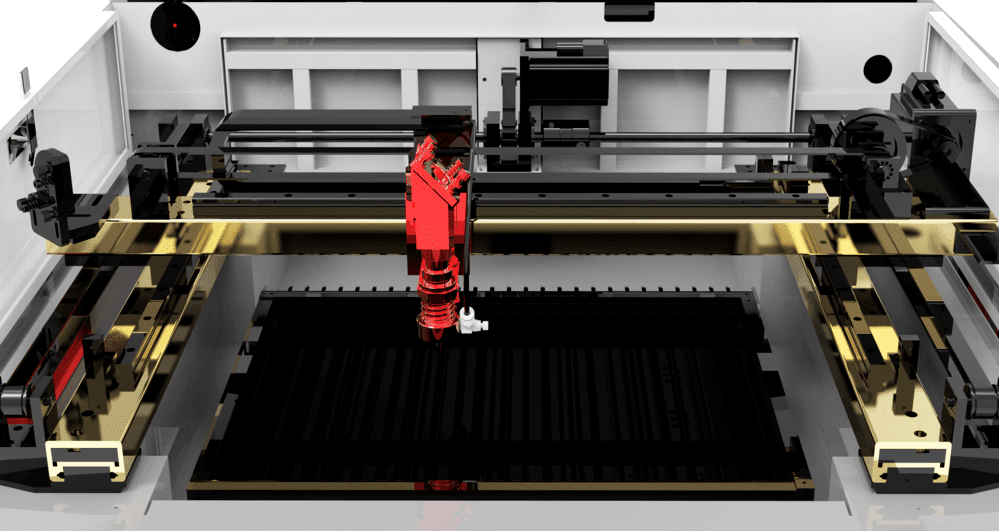
AI and computer vision integration are revolutionizing industries to make them smarter, quicker, and more productive, with AI/ML development services enabling advanced automation. These technologies are revolutionizing the manufacturing industry by making it possible for machines to handle certain forms of work that were done by hand. Traditional computer vision techniques have been replaced with advancements, including computer vision-based defect detection, which improves product quality while preventing equipment failures in industrial settings. It is about time we looked at how this radical integration is forging ahead and transforming different sectors.
Computer Vision- Overview and Its Importance
In other words, computer vision leverages the technical capacity to identify an environment and interpret input data visually. Thus, owing to the possibility of analyzing photo and video streams, AI computer vision is capable of recognizing objects and patterns and making some measures. This is something like whenever we use all our sight perception and power to see things but are keener, faster, and more efficient.
In industrial applications, computer vision is necessary because it allows machines to act based on the information received from the surrounding environment without human intervention. This technology optimizes the operation of the production line through perceiving objects, monitoring motion, and identifying defects. AI complements such capabilities by enabling systems to learn from their acquired data to refine decision-making further.
With industries automating processes, smart manufacturing automation is leveraging computer vision to drive everything from product inspection to predicting equipment failure. This affords companies the efficiency, creativity, and performance they need to stay viable.
How Computer Vision Is Transforming Industries
1. Enhanced Quality Control
AI-powered quality control solutions are transforming one of the most critical aspects of the manufacturing process, ensuring higher precision and efficiency. Traditionally, human inspectors would check products for defects manually. This system, though effective, was time-consuming and prone to errors. AI-powered computer vision has transformed quality control by automating the inspection process, ensuring every product is thoroughly examined with greater accuracy.
Electronics Manufacturing
For delicate components like circuit boards, computer vision systems can detect even the smallest defects that would be invisible to the human eye. These systems can identify misplaced components, faulty connections, or minute cracks that could lead to product failure, all while maintaining high throughput.
Automotive Production
In automotive manufacturing, AI-driven vision systems inspect car parts for flaws such as dents, scratches, or alignment issues. By catching defects early, manufacturers can avoid costly recalls and ensure that vehicles meet strict safety standards.
Food and Beverage Industry
Computer vision systems can inspect food packaging for improper seals, label placement, or contamination, ensuring that products are safe for consumption. They can also verify expiration dates and ensure that products meet regulatory standards.
This level of automation in quality control drastically reduces the chances of human error, lowers the need for rework, and ensures that only high-quality products reach the consumer.
2. Smarter Assembly Lines
The rise of AI and computer vision is significantly improving assembly line operations. Robots with computer vision, powered by robotic vision systems for assembly lines, can now perform tasks like sorting, assembling, and packaging with unprecedented accuracy and speed.
Adaptive Production Lines
One of the main advantages of computer vision in assembly lines is adaptability. Robots equipped with vision systems can detect subtle changes in parts or products and make real-time adjustments. For example, if a batch of products comes in with slight variations in size or shape, the robots can adjust their operations without reprogramming.
Precision Handling
In sectors like automotive and electronics, where parts are often small and delicate, robots can assemble components with exact precision. For instance, vision systems can guide robotic arms to place screws or small parts accurately, reducing the risk of damage or misplacement.
Collaborative Robotics
In modern factories, collaborative robots (or “cobots”) work alongside human employees, combining the strength and speed of machines with human flexibility and problem-solving. Computer vision allows these cobots to safely interact with human workers, offering assistance in tasks requiring dexterity and strength.
This combination of automation and collaboration services ensures that production lines are faster, more efficient, and more flexible, ultimately increasing output and reducing costs.
3. Predictive Maintenance
Preventing machinery breakdowns is another area where AI and computer vision excel. Traditional maintenance schedules are often based on time intervals, but this approach doesn’t account for the actual condition of the equipment. With computer vision, industrial systems can continuously monitor the health of machines and predict when a failure might occur.
Visual Monitoring
Cameras equipped with AI-powered vision systems can detect signs of wear, such as unusual vibrations, overheating, or misalignments, which could lead to machine failure. This allows maintenance teams to address issues before they cause breakdowns, reducing downtime and maintenance costs.
Reduced Downtime
By predicting equipment failures before they happen, companies can perform maintenance at the most opportune time, minimizing production delays and optimizing the lifespan of costly equipment.
Increased Efficiency
Predictive maintenance ensures that machines are operating at their optimal performance levels, reducing the chances of unexpected failures and keeping production lines running smoothly.
This proactive approach not only saves companies money but also improves overall efficiency by ensuring that equipment runs longer and with fewer interruptions.
4. Warehouse and Logistics Automation
In the logistics and warehousing industry, the use of AI and computer vision is streamlining operations. Managing inventory, sorting products, and ensuring the smooth flow of goods is a complex task that benefits greatly from automation.
Automated Picking Systems
Computer vision allows robots to identify and retrieve items from shelves with great precision. These robots can handle various types of goods, from small items to bulky packages, ensuring faster and more accurate order fulfillment.
Inventory Management
AI-driven warehouse automation leverages vision systems for real-time inventory tracking, ensuring accuracy and efficiency in logistics. By scanning barcodes or identifying product features, these systems provide an up-to-the-minute inventory count, helping businesses maintain optimal stock levels and reduce the risk of overstocking or stockouts.
Autonomous Navigation
In large warehouses, autonomous robots equipped with vision systems can navigate their environment without human input, avoiding obstacles and improving efficiency by eliminating the need for manual labor.
AI-driven computer vision is making warehouses faster, safer, and more efficient, leading to shorter delivery times and enhanced customer satisfaction.
Key Technologies Driving the Boom
1. Edge Computing
One of the most important advancements in AI-driven computer vision is the integration of edge computing. Traditionally, AI models rely on cloud-based servers to process data, which can introduce delays and require constant internet connectivity. With edge computing, data is processed locally, closer to where it’s collected.
Real-Time Processing
Edge computing allows for immediate analysis of visual data, crucial for time-sensitive tasks like robotic navigation or defect detection.
Reduced Latency
By processing data locally, edge computing eliminates the need for data to be transmitted to a distant server, which can significantly reduce latency and make industrial systems more responsive.
Privacy and Security
Since data doesn’t have to be sent to the cloud, there’s less risk of breaches and better control over sensitive information. This is especially important in industries dealing with confidential or proprietary data.
Edge computing ensures that industrial systems are faster, more secure, and capable of making decisions in real-time, without relying on external servers.
2. Multimodal AI
Unlike traditional AI systems, Multimodal AI Integration Services process and integrate multiple data types simultaneously, enhancing industrial automation capabilities. For industrial applications, this means combining visual data with other sensor inputs, such as sound or temperature, for more comprehensive analysis.
Complex Problem-Solving
Multimodal AI can offer richer insights, such as combining visual inspection with acoustic data to diagnose machine issues more accurately.
Improved Accuracy
By merging multiple data types, AI systems can create a more complete picture of a situation, leading to better decision-making, whether in quality control, maintenance, or product design.
The ability to process and integrate data from various sources allows for more sophisticated decision-making and enhances the overall effectiveness of automation systems.
3. Internet of Things (IoT)
IoT-Enabled Manufacturing Solutions are revolutionizing industrial environments by creating interconnected systems that share data in real-time. When combined with computer vision, IoT enables highly synchronized operations.
Smart Sensors
Vision-enabled IoT devices allow machines to not only see but also sense changes in temperature, pressure, or motion. This wealth of data helps systems understand and adapt to their surroundings.
Automation Across the Entire Supply Chain
IoT allows for continuous communication between different machines, robots, and production lines. This interconnectedness makes it possible to optimize entire workflows, from raw material intake to product shipment.
The integration of IoT with computer vision creates a network of devices that work together seamlessly, improving productivity and reducing inefficiencies across industries.
The Future of AI-Driven Computer Vision
The future of industrial automation is bright, with AI and computer vision playing a central role in shaping it. As technologies continue to evolve, we can expect even more intelligent systems that can make decisions autonomously and learn from experience.
Fully Autonomous Factories
In the future, we may see factories where everything from assembly to shipping is managed by AI-driven robots and computer vision systems. These smart factories would require minimal human intervention and operate at maximum efficiency.
More Collaborative Robots
Cobots will become even more intelligent, working seamlessly alongside human workers in a variety of tasks, from complex assembly to intricate quality control checks.
Greater Predictive Capabilities
As AI models become more advanced, predictive maintenance and quality control will be even more accurate, reducing downtime and improving product quality.
The rise of AI and computer vision in industrial automation is setting the stage for a more efficient, safer, and adaptable future in manufacturing and beyond.
Conclusion
AI-driven computer vision is revolutionizing industrial automation by making processes faster, more accurate, and adaptable. With applications ranging from quality control to predictive maintenance and logistics, this technology is not just a luxury—it’s becoming a necessity for businesses that# AI-Driven Advances in Computer Vision for Industrial Automation.








